Perhaps life does imitate art. For a few seconds a dream had come true: best picture of the year. But, wait, we’ve read the wrong card… what were we thinking?
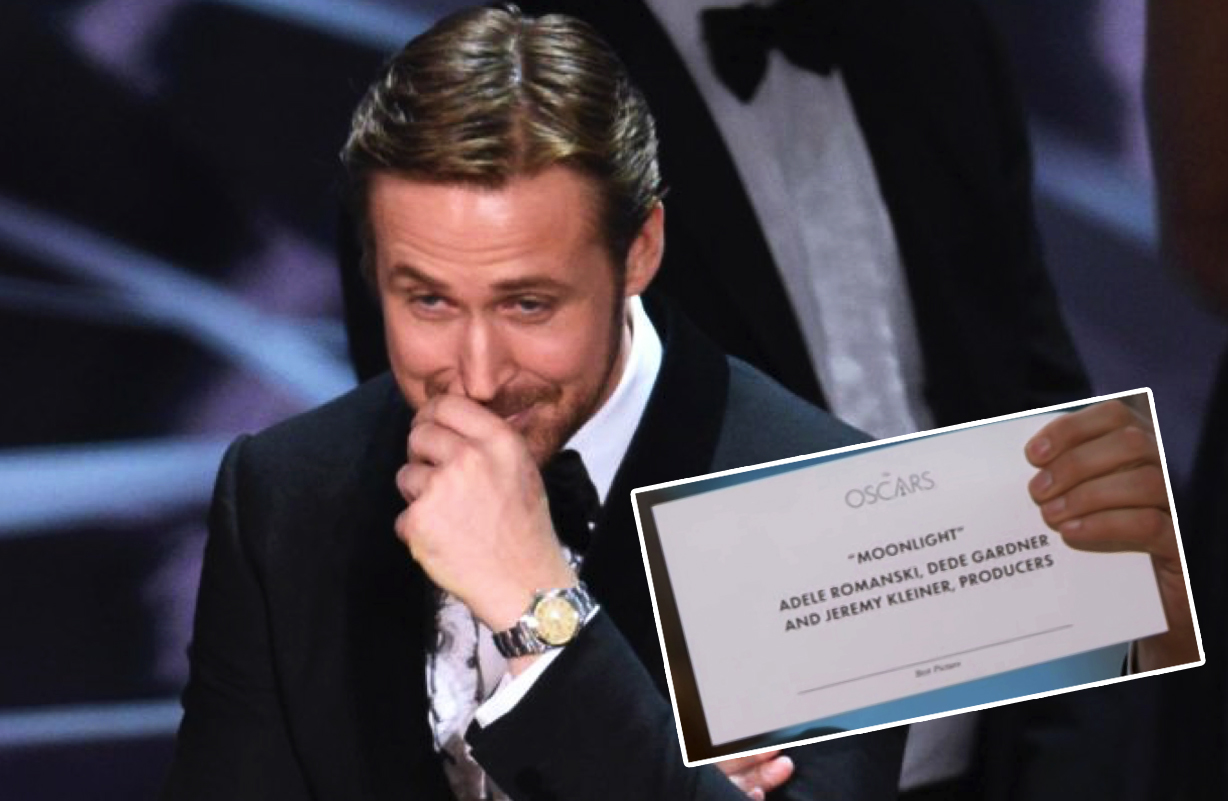
We must have been in La La Land. People who live in La La Land are dismissed as delusional. And yet, if you gather the dreamers in a city in LA, their dreams just might come true.
La La Land is a contemporary musical that tells the tale of an aspiring actress, an idealistic jazz musician and the unfolding of their romance and artistic careers.
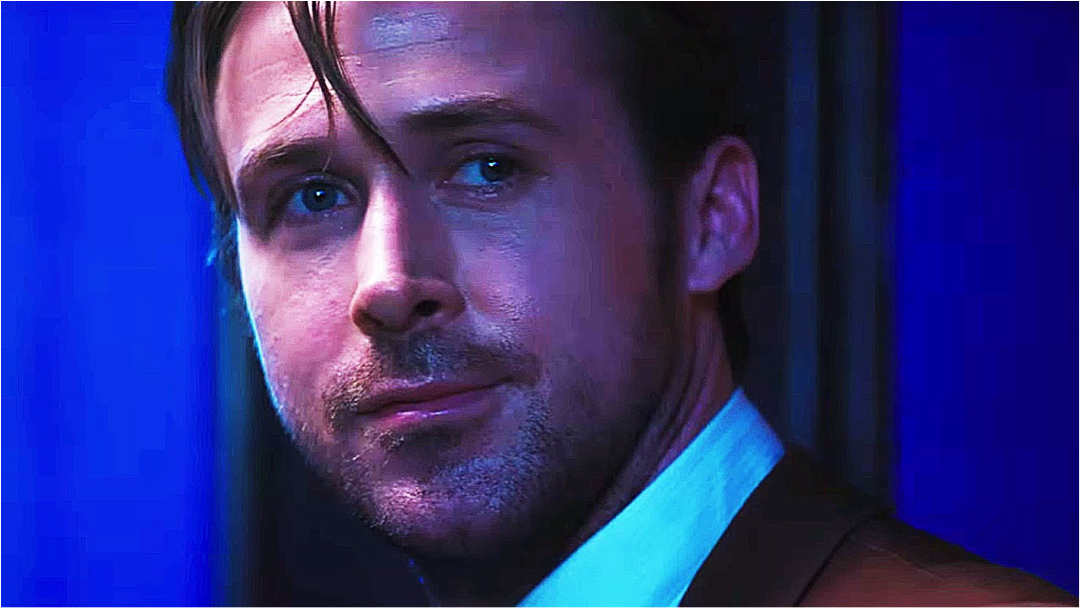
The dynamics of the movie keep drawing on a clash between a longed for reality and actual reality.
Often the clash is between a vision of the cultural past and a disappointment in the present: the characters seek out old styles of music, old venues, old cinemas. So the movie is heavy with nostalgia.
Often the clash is between a reminiscence of the characters’ personal past and the emptiness of the present: experiences of my childhood that I can never reclaim, relationship choices with painful consequences.
Often the clash is between a dream for the future and the banal details of the present: unpaid bills, humiliating auditions, selling out to commercial tastes. So the movie is fuelled by longing. So the characters often express regret.
Don’t get me wrong: the movie is fun, enchanting, escapist and entertaining.
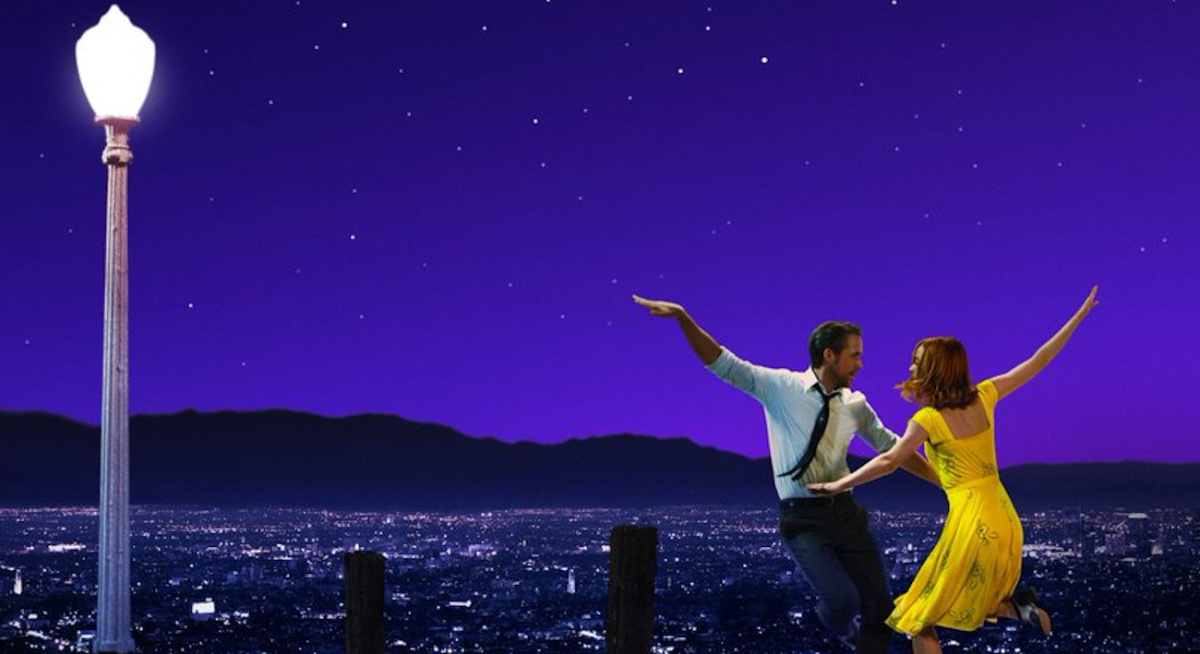
You may regret that the dancing is as wooden as it is or you may long for singing that’s a little stronger but this is a musical that makes you smile.
And yet... it also haunted me with melancholy that lasted for days.
Perhaps because I am a man who has a well-loved pair of tap shoes at the bottom of his wardrobe. Of course, the very design of the film is drawn from nostalgia, regret and longing.
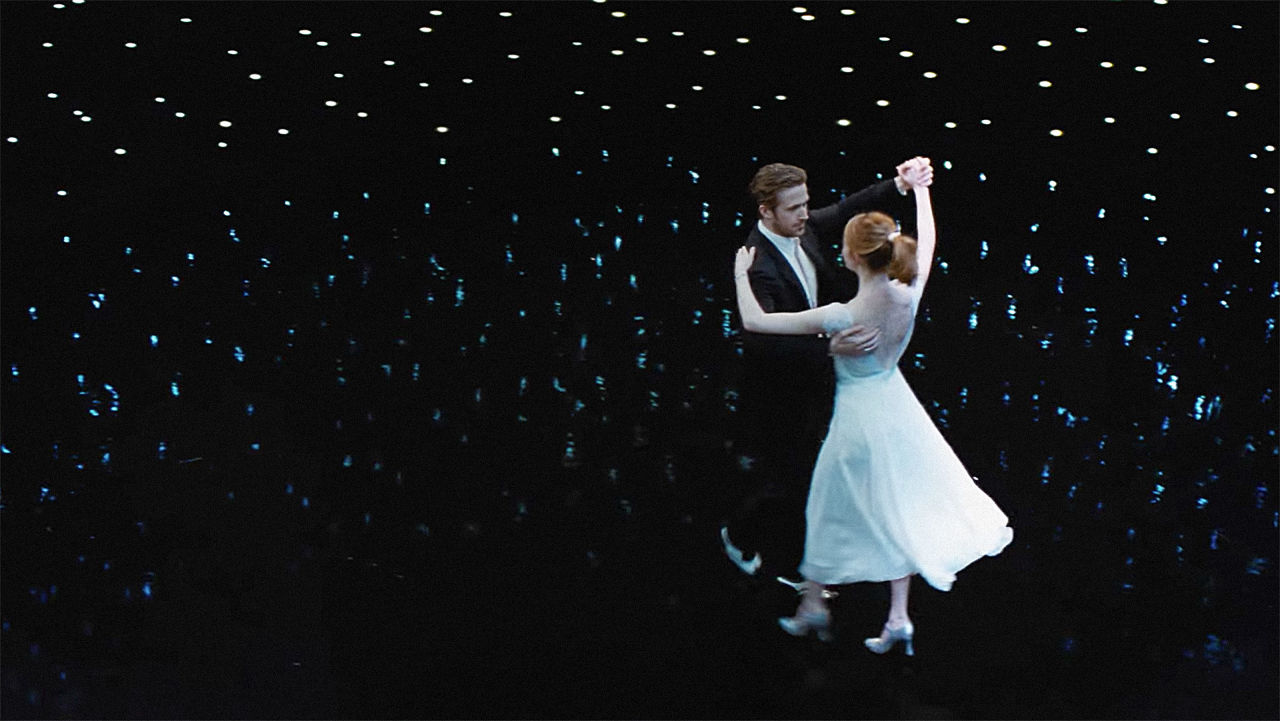
It deliberately uses a cinematic genre from the 1930s and 40s. It uses real locations but shoots them at dusk or bathed in gorgeous artificial light so that they have an unreal quality. It has two endings so that the clash between the possible and the real is inescapable. Why, even a traffic jam can become saturated in music, colour and dance.
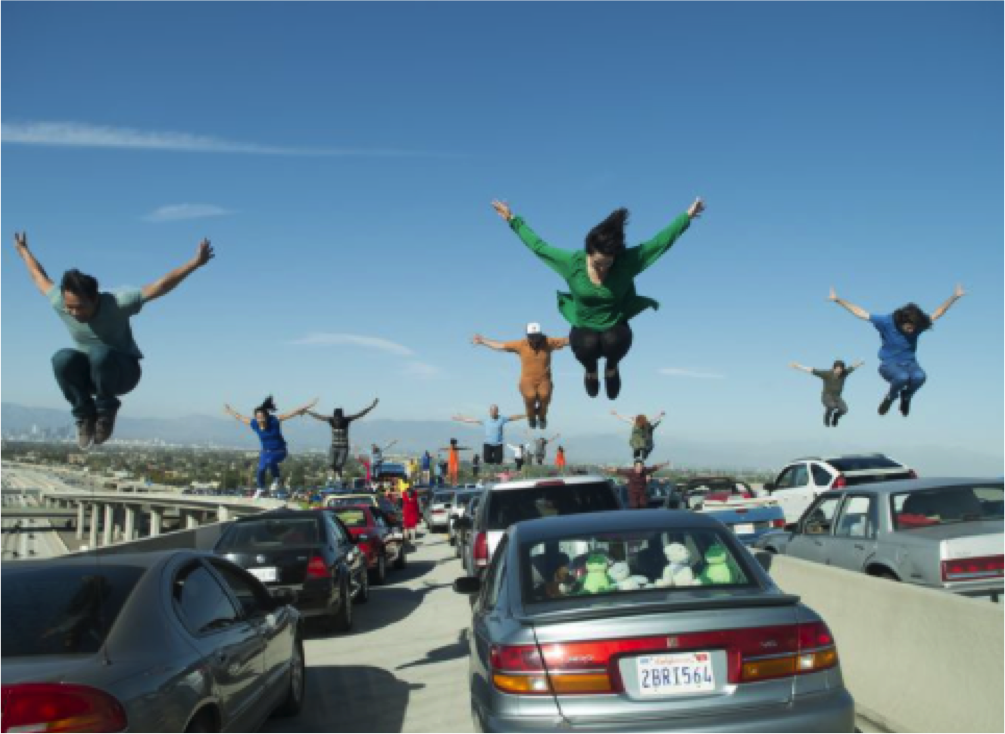
Around the same time I saw La La Land, I was reading a book about a book that felt like it was about the movie. Let me explain.
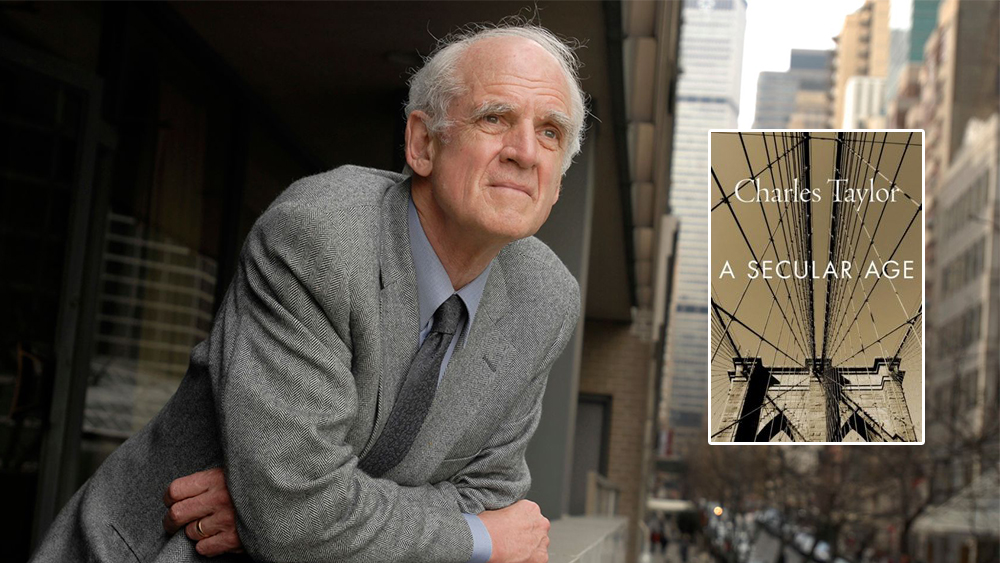
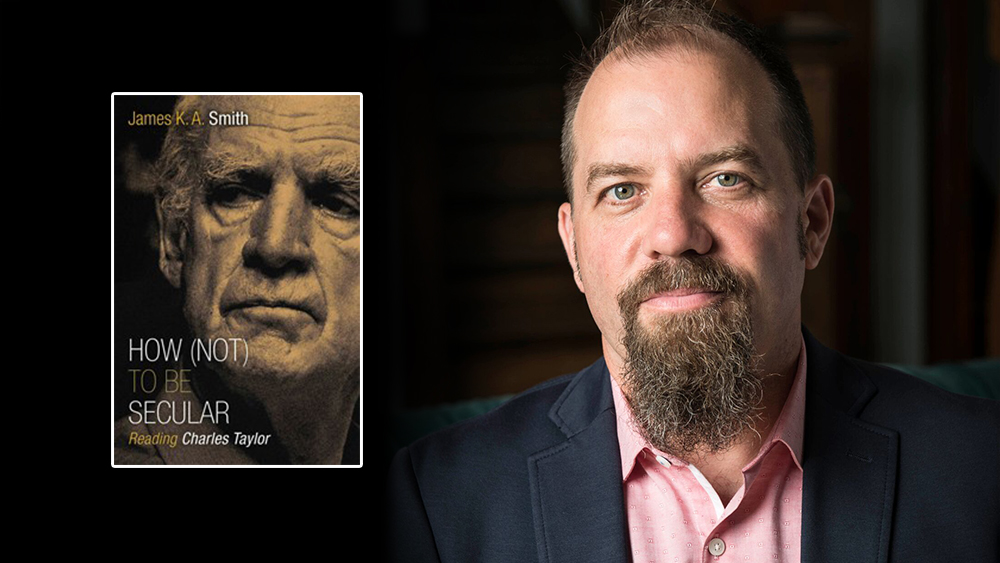
Charles Taylor, a Roman Catholic Canadian philosopher has written a magisterial volume of secularism called; A Secular Age. The reformed philophical theologian, James KA Smith, has written an appreciative guide to Taylor’s work called How Not to be Secular.
Smith quotes a novelist who said:
I don’t believe in God but I miss him.
How’s that for a quote about truth and reality.
Now is not the time to unpack Taylor and Smith but I do commend them to you. One of the most striking elements in their argument is that, despite the enlightenment, the philosophical west remains haunted by the idea of transcendence. Scientists and engineers have lots of ways of explaining how a light works but we can’t shake the sense that it is kind of magical.
Despite the melancholy it stirred in me I was glad to see La La Land because it confirmed the sense that our culture is still haunted by transcendence whether experienced through nostalgia, longing, regret or the great artistic efforts we go to to make the imaginary real. Despite the twists and turns in its story telling, I think the film asks:
Why not transcendence?
Why not carry tap shoes?
Why not dance in the stars?
And I say: indeed, why not…
When the truth is: there’s an eternal Spirit living in me.
When there’s a God listening to my prayers.
And there’s an heroic but historical man who even rose from the dead.
